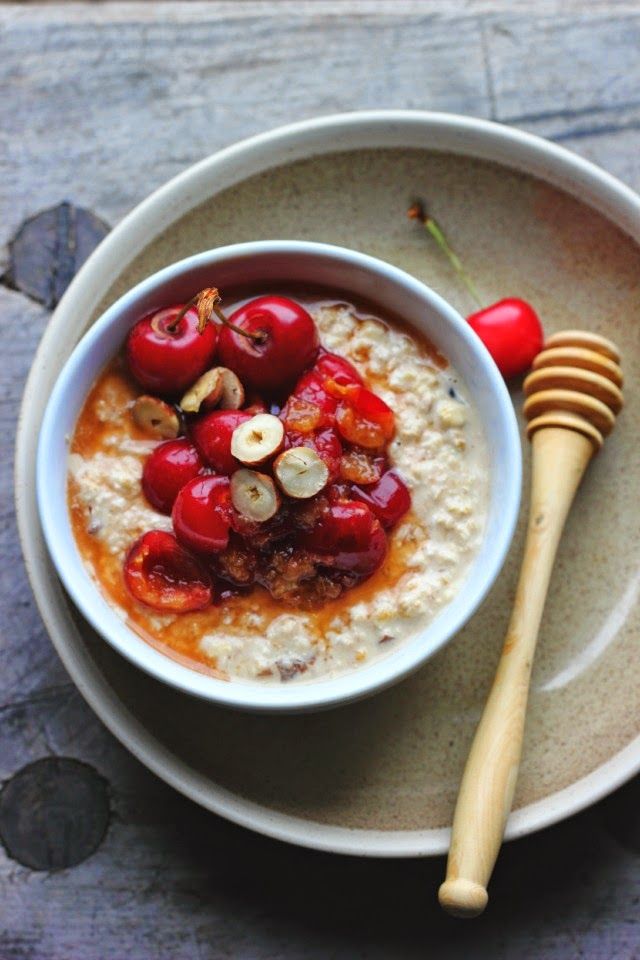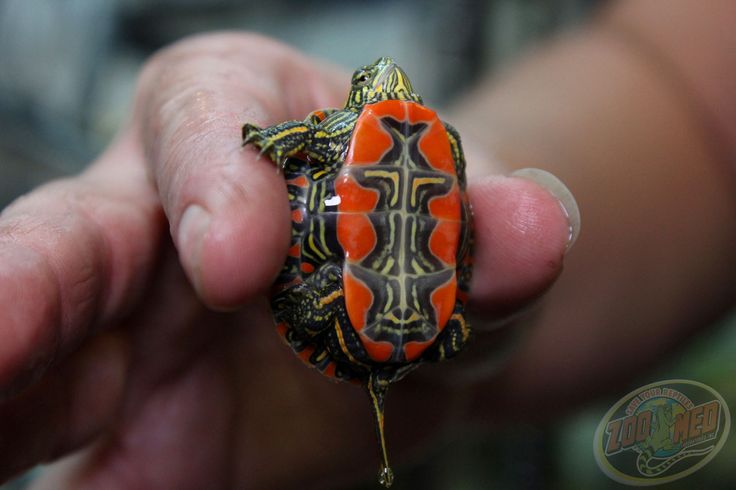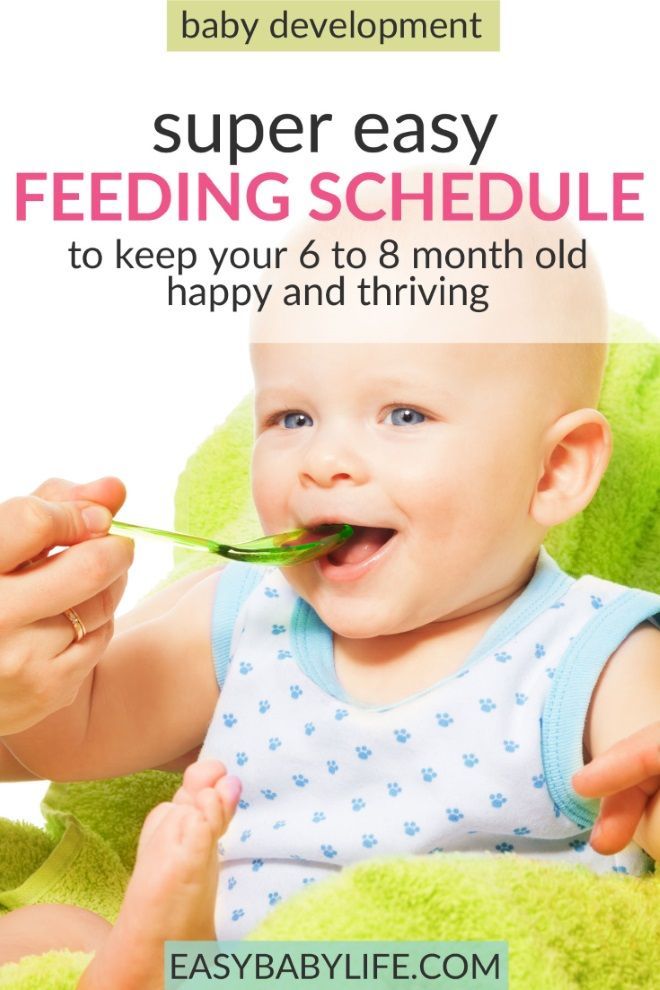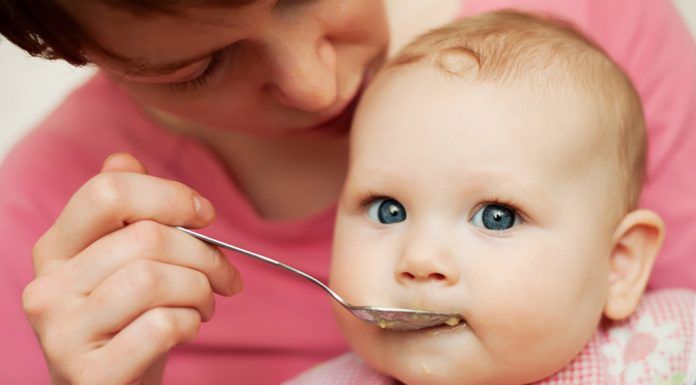How to feed a baby barn owl
What Do Baby Owls Eat? How To Take Care of a Baby Owl?
What’s This Post About?
Owlets, like other newborn birds, are unique from mature, adult birds. An owlet is a small baby owl that has not yet gained its entire adult plumage and is still reliant on its parents for nourishment, protection, and shelter.
Owlets rarely leave the nest because they cannot provide for themselves, but as they grow older, they will investigate the area surrounding the nesting location and may even be spotted on the ground.
If you see them on the ground, it’s best to leave them alone unless injured. In that case, you should know what baby owls eat and how to take care of them.
Baby owls mostly eat what adult owls of the same species eat, just in smaller pieces. This can include mice, rats, insects, and small birds. Owlets are best left alone, but if you see a wounded or injured owlet, carry it inside your home and immediately call a wildlife rehabilitator.
What Do Baby Owls Look Like?
A baby owl has the same appearance as an adult owl but without feathers and a large beak.
The baby owl has a heart-shaped face, beady round eyes, and a long bill. They are white when they are small, and as their feathers come in, they become cream-colored and brownish in hue. Although some juvenile birds are somewhat different from older birds, the eyes and bill color can also distinguish newborn owls.
Parent owls are reputed to fiercely protect their young, attacking everything they see as a threat, including other species, large mammals, and even people. Therefore, when seeing owlets, observers should use caution and maintain a safe distance to prevent upsetting the young birds or provoking their guardians.
Maturity Of Owl Babies
The rate at which a newborn owl matures is influenced by various factors, including general health, availability of food, and weather. Additionally, varying owls age out of their owlet stage at varied rates and have varying juvenile durations.
Smaller young owls grow more quickly, and within a few weeks of birth, they may be unrecognizable from adult birds.
On the other hand, larger owl species may take many months to grow out of the owlet phase and achieve complete independence.
DID YOU KNOW?
Barn owls reach the total adult weight and plumage in 2 months!
What Do Baby Owls Eat?
Baby owls eat whatever their parents feed them. Adult owls hunt their regular diet for their offspring and then shred it into tiny chunks so that the baby owl may easily consume it. Therefore, the food of baby owls is almost the same as that of adult owls of the same species.
DID YOU KNOW?
When it comes to eating, the eldest owlet takes precedence over its siblings. The youngest kid will not be fed before the eldest baby owl.
Owls eat a variety of foods. They devour various animals, including small mammals, huge birds, lizards, frogs, and even insects. As a result, baby owls can consume almost any animal as long as the prey is taken apart and ripped apart.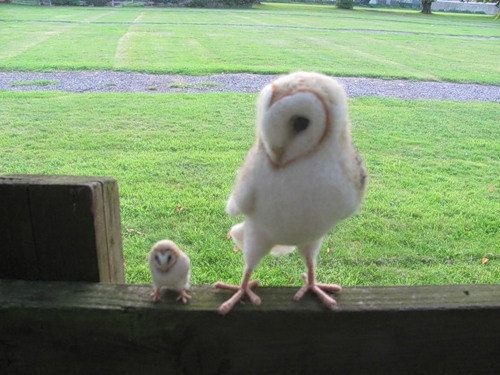
Baby Snowy Owls
Since this owl is capable of hunting both tiny and large creatures, the food of the snowy owl is diverse. Overall, this owl prefers to consume animals that are plentiful in its environment.
Snowy owls mostly hunt shorebirds and ducks in marshlands when the nesting season is over. During the mating season, however, they hunt tiny passerines and shorebirds.
While the younger version of the species will always eat what their parents eat, some observations have focused on quantity. For example, a four-week-old young snowy owl was spotted eating 3 to 9 lemmings every day in captivity, while a newborn snowy owl may consume up to two lemmings each day in the wild.
PRO-TIP
If you want to know what baby owls eat, you must first classify the species and then search for that species' prey list. The diet for the same species of owlet is not different from their adult birds.
Here is a list of things that different owls eat:
| Great Horned Owls | Burrowing Owls | Barn Owls | Barred Owls | Screech Owls |
|---|---|---|---|---|
| Voles | Moles | Field Vole | Mammals (Bats, Rabbits) | Moths |
| Mice | Lizards | Bank Voles | Birds (Doves, Jay) | Beetles |
| Waterfowls | Mice | Small Birds | Insects (Beetles, Crickets) | Scorpions |
| Rabbits And Hares | Beetles | Mice & Rats | Fish | Centipedes |
| Coots | Grasshoppers | Shrews | Frogs | Voles |
How To Take Care Of A Baby Owl?
There’s probably no reason to be alarmed if you come across a baby owl on the ground. However, remember that it is not necessarily abandoned. Before you try to take care of the bird, judge if your assistance is required. Leave the bird alone unless it seems to be hurt, in which case, call a professional.
However, remember that it is not necessarily abandoned. Before you try to take care of the bird, judge if your assistance is required. Leave the bird alone unless it seems to be hurt, in which case, call a professional.
DID YOU KNOW?
An owlet will only remain in the nest for 6 weeks after hatching.
Before you take care of an owlet, you must be equipped with all the necessary information about them. But, one might wonder, what’s worse than leaving an owl without care rather than giving it the wrong care?
Follow this course of action to take care of the owl responsibly:
Evaluate The Reason for The Owlet’s Presence
Baby owls cannot fly, but they may leave the nest to strengthen their wings and legs. They do this by investigating surrounding branches or rocks, climbing, or bouncing around in a process known as “branching”.
Young owls are regularly seen with their siblings, and it is not uncommon to observe multiple owlets together.
They may roost in strange places or even sleep on the ground, oblivious that they are in plain view of predators.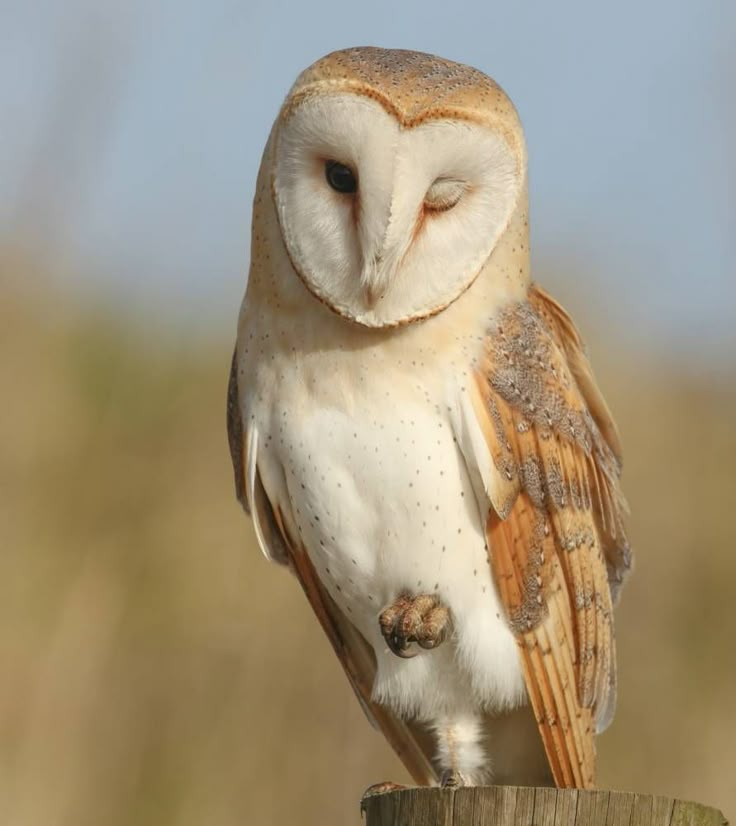 They may be intrigued about surrounding objects, including other species.
They may be intrigued about surrounding objects, including other species.
They may attentively investigate their new environment with their huge, bold eyes, often rotating their heads to see it from several angles.
Assess The Situation
Obtaining information about the details surrounding the discovery can assist you in determining the best line of action. Ask yourself these questions and try to find answers by looking around.
- Where was the owl when it was initially discovered? Was it found right next to the nest? Is it on a concrete floor or loose straw/vegetation?
- Do its wing feathers appear to be long enough to have split its fall in half?
- What kind of weather have you been having? Long periods of rain may prevent the adults from hunting, which means the owlet is more likely to starve.
- Was it discovered outside?
- Is the owlet completely soaked?
- What was the owl’s body posture when it was discovered, and what is it now? Is it upright, squatting, or resting on its back with its feet safely tucked behind it?
Identify The Specie
Once you decide that the answers to all your above questions may indicate the owlet needs help, it’s critical to identify the species.
The best line of action is entirely determined by the type of owl you’re dealing with. Checking the color of the eyes is a wonderful method to tell the difference. Barn Owls, for example, have black eyes and eyelids, whereas tawny Owls have bright pink eyelids.
Check The Maturity of The Bird
If the owlet appears mature, do not engage with the owl but rather flee the location as fast as possible. To check if the owlet is mature enough to be left alone, see if
- is aware of the setting
- has focused eyesight
- can stay upright and wander around
- can extend both wings over his body in defense
If you can spare half an hour for the sake of the owlet’s entire existence, position yourself as far away as possible while still keeping the owl’s approximate location insight - preferably with binoculars. Try and listen for movement around the infant while standing motionless and producing no noise.
Check For Wound Or Injury
Birdwatchers should technically avoid attempting to grab or assist a baby owl on their own, as inappropriate handling could result in even more complications or damage.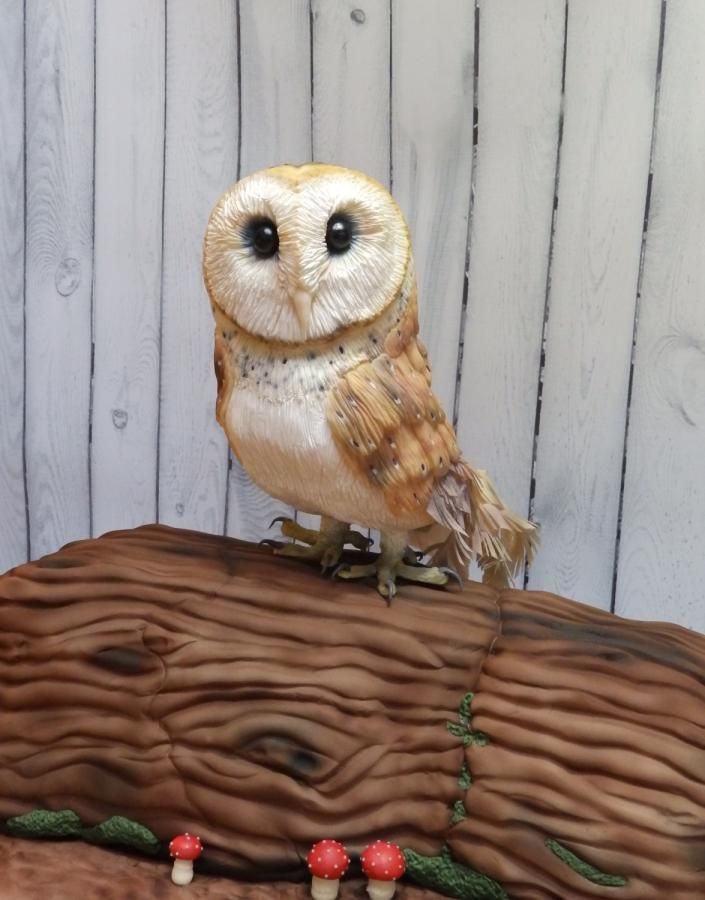
While juvenile owls may be unskilled and underdeveloped, their claws and bills are still sharp and strong, and even baby owls can cause serious injuries when agitated or scared.
However, there can be situations where your role becomes necessary. If the owlet is still in the same position after some time has passed, and there is no sign of parents present, you must inspect the owlet itself.
Lay the owlet on its back calmly but firmly, keeping both legs above the toes. Feel for potential fractures in the wings and legs and excessive swelling from dislocation in the joints.
Contact A Wildlife Rehabilitator
Suppose a juvenile owl displays indications of injury, in that case, it’s advisable to seek help from a certified wildlife rehabilitator, a bird rescue center, or other wildlife institutions to ensure the bird’s safety and well-being.
Any fracture or displacement or any other apparent anomaly needs the attention of a veterinarian. The owlet won’t survive without it, and the parent owls, recognizing the disability, could stop feeding it.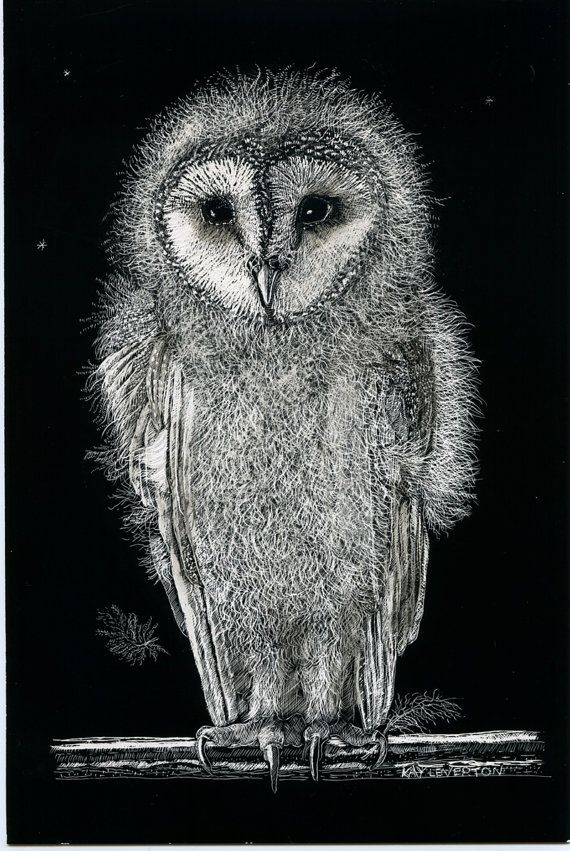
Caretakers must be very cautious not to be imprinted by baby owls when hand-rearing them during rehabilitation. Rescuers must go to extremes, such as hiding in plain sight and nursing the infant with forceps placed in the beak of an owl puppet.
Bring The Owl Inside Your Home
Bring the owl inside your house, keep it in a warm, quiet, and enclosed space while you wait for professional assistance. Considering that the owlet was alone for quite a while, it may be hungry. However, if the bird is injured, you should avoid feeding it at the risk of choking.
Understand that owls are unable to chew their food and must swallow it. Baby owls, unlike adult owls, cannot swallow their prey whole; instead, they must be dissected and ripped apart.
As a result, young owls must be fed with little bits of meat. It’s much preferable to give a baby owl one or two chicks or little chunks of small mammals or rodents regularly.
PRO-TIP
Dead mice, rats, chicks, vitamins, and mineral supplements are the most typical owl diet foods.
Keep Reading!
Baby owls consume the same foods as adult owls of the same species but in smaller portions. Examples of this are mice, rats, insects, and tiny birds.
Owlets should generally be left alone unless you suspect a wound or injury. First, try to figure out the owlet’s species and maturity to make decisions accordingly. Then, bring it inside your home while you wait for a wildlife rehabilitator to arrive.
Now that you know what baby owls eat and how to take care of them, read to learn about their sleeping habits!
How Do Owls Sleep? Cute Baby Owls Sleep Face Down! (Pics)
Does the thought of how do owls sleep fascinate you? Read this post to find out about their sleeping habits and more.
By David A. Swanson
Bird Watching USA
My name is David and I'm the the founder of Bird Watching USA! I started Bird Watching with My father-in-law many years ago, and I've become an addict to watching these beautiful creatures. I've learnt so much over about bird watching over the years that I want to share with the world everything I know about them!
I've learnt so much over about bird watching over the years that I want to share with the world everything I know about them!
Posted in:
What Do Barn Owls Eat? (Complete Guide)
What animals do barn owls eat?
What birds do barn owls eat?
How much does a barn owl eat per day?
How do barn owls find food?
What time of day do barn owls feed?
What do barn owls eat in the winter?
What do barn owls eat during spring and summer?
What do baby barn owls eat?
What can you feed barn owls?
What do barn owls drink?
How do I attract barn owls to my yard?
Are barn owls carnivores?
Barn Owl Diet FAQs
Barn owls, like other owl species, are excellent hunters. They possess superb hearing and eyesight that allows them to pinpoint the exact location of their prey in complete darkness. So, what do barn owls eat?
The diet of the barn owl primarily consists of rodents and other small mammals, such as bats and rabbits.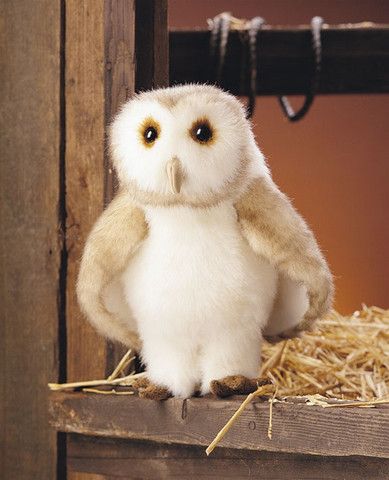 They will occasionally eat birds, reptiles, amphibians, and fish as well. Although, the latter are preyed upon more opportunistically rather than sought out.
They will occasionally eat birds, reptiles, amphibians, and fish as well. Although, the latter are preyed upon more opportunistically rather than sought out.
Owls typically hunt smaller prey because they consume their meals whole, then regurgitate anything non-digestible in the form of a pellet. In this article, we will dive deeper into the diet and hunting specialties of the barn owl. Read on to discover more about these fascinating birds of prey!
A perched Barn Owl eating a mouse
What animals do barn owls eat?
Barn owls primarily eat small rodents, such as mice, rats, voles, moles, and lemmings. They also feed on other small mammals, including rabbits, bats, and shrews. Reptiles, amphibians, and fish are occasionally taken, but on a far less regular basis.
Because these owls are nocturnal, animals that are only active during the day (i.e. squirrels) generally do not fall prey to barn owls.
What birds do barn owls eat?
Along with mammals and the occasional fish, reptile, or amphibian, barn owls also consume small birds.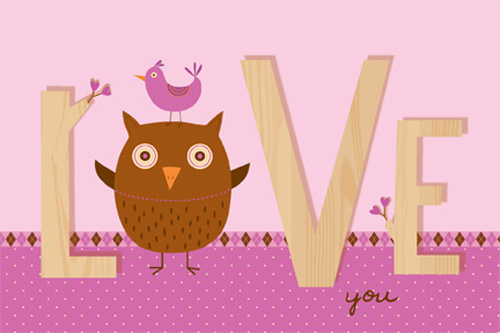 Blackbirds, starlings, and meadowlarks are sometimes preyed upon by the barn owl.
Blackbirds, starlings, and meadowlarks are sometimes preyed upon by the barn owl.
Barn Owl in flight hunting for prey
How much does a barn owl eat per day?
How much a barn owl eats per day depends largely on its body weight. They typically consume at least 10% of their body weight every day. However, when food is plentiful, a barn owl may eat more than average.
How do barn owls find food?
Like other owl species, barn owls are superior hunters, possessing excellent hearing and eyesight. They use both of these senses to find food. A barn owl will either hunt from a perch or low flight. Serrated wing feathers allow the birds to glide silently over open ground, while their unparalleled hearing enables them to pinpoint prey in complete darkness.
Close up portrait of a perched Barn Owl
What time of day do barn owls feed?
Barn owls are nocturnal. They primarily hunt and feed at night. On rare occasions, such as during winter when nighttime temperatures are too cold, barn owls will hunt during the day.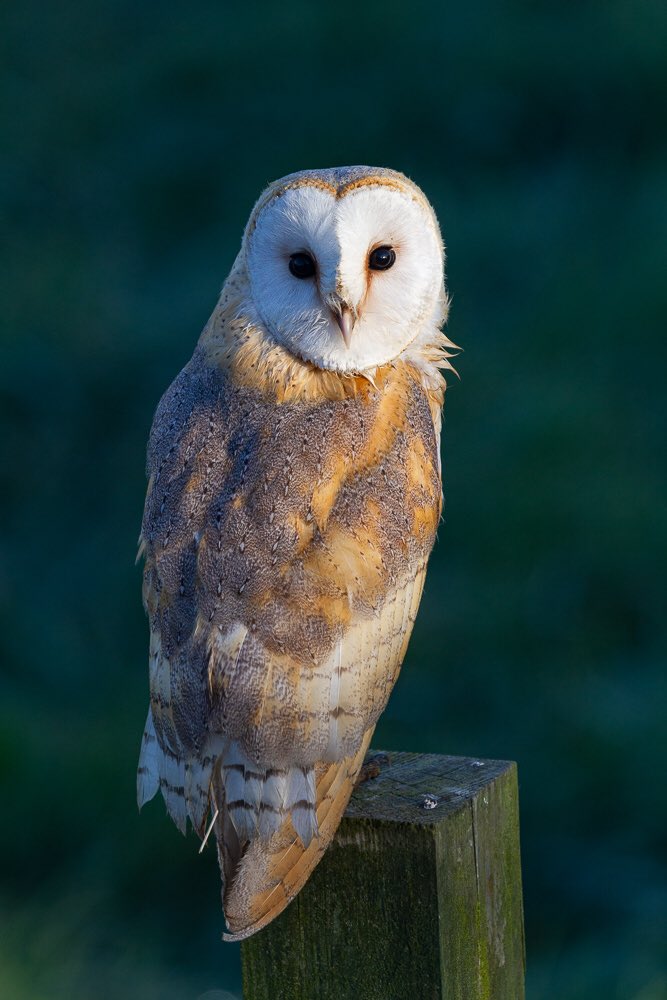
What do barn owls eat in the winter?
Barn owls primarily eat small mammals and birds throughout winter. Rodents, such as mice and voles, are less accessible during this season because they are often hibernating underground or beneath deep snow.
During the winter, Barn Owls often hunt during the day
What do barn owls eat during spring and summer?
The barn owl has a varied diet of small mammals, birds, and reptiles during spring and summer. They also occasionally eat amphibians, fish, and insects. However, rodents make up the largest percentage of the barn owl's summer diet.
What do baby barn owls eat?
Baby barn owls are carnivorous like their parents. They will eat whatever meal adults bring back to the nest. Small mammals make up the majority of their diets, but nestlings will also consume fish, birds, and insects.
Barn owl feeding their chick with a mouse
What can you feed barn owls?
A barn owl’s natural diet consists primarily of rodents and other small mammals, which the birds can easily find in the wild.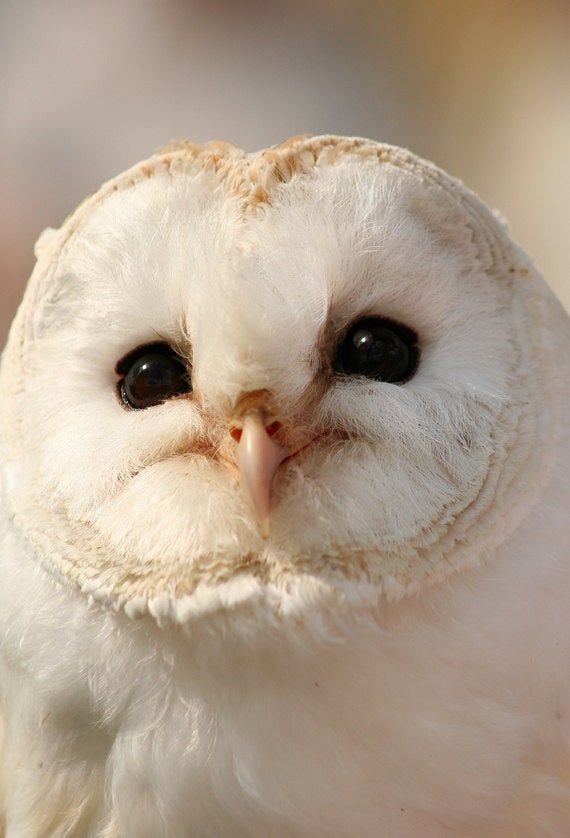 Feeding or baiting wild owls is not a good idea as it could prove detrimental to the bird.
Feeding or baiting wild owls is not a good idea as it could prove detrimental to the bird.
Rodents such as mice and rats, particularly those bought at a pet store, have the potential to pass deadly parasites and pathogens to the owl. Rat poison is another potential hazard. If a barn owl consumes a rodent that has encountered poison, the owl will also be poisoned and likely die.
Habituating a barn owl to be comfortable around humans can also pose a great risk. If you live near busy roads, an owl is likely to get struck by a car while hunting. They may even eventually encounter a person who would harm them.
In the event you come across an injured owl, it is best to contact a licensed wildlife rehabilitator.
Barn Owls do most of their hunting during the night
What do barn owls drink?
Barn owls rarely seek out water to drink. The birds get most of the hydration they need from the food they eat.
How do I attract barn owls to my yard?
As previously discussed, baiting or feeding a barn owl poses several risks to the owl's health.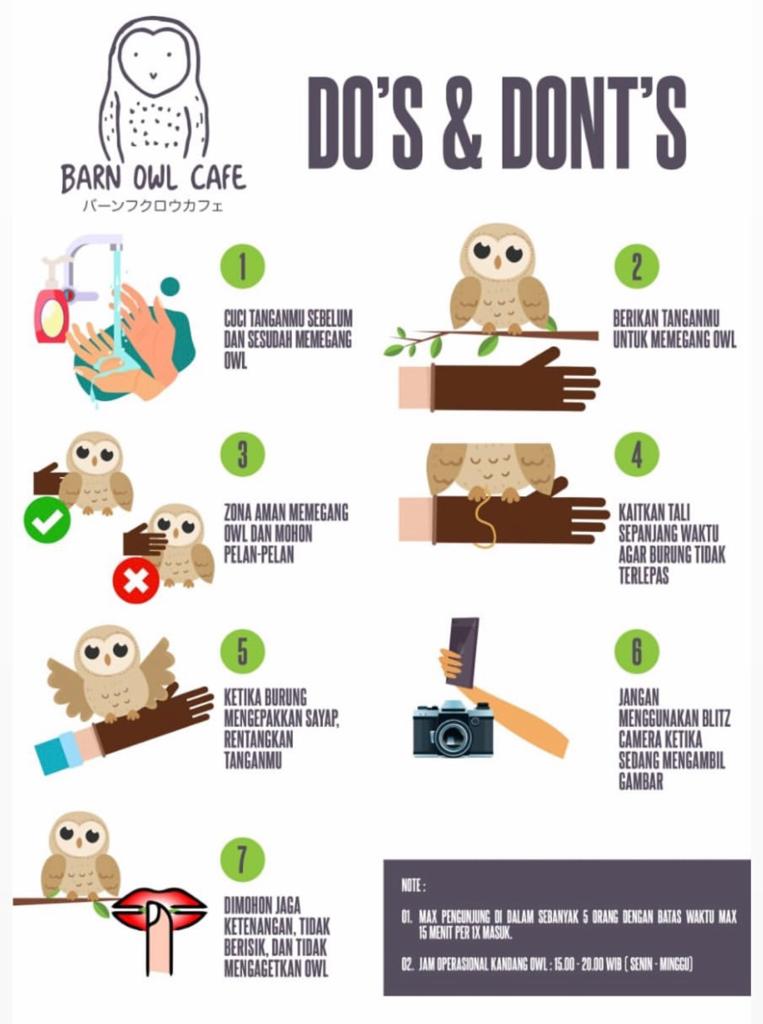 However, if an owl naturally takes up residence in or near your yard, you may have a mutually beneficial relationship.
However, if an owl naturally takes up residence in or near your yard, you may have a mutually beneficial relationship.
Owls are excellent hunters. They do not need to be provided food. If left to their natural hunting routines, the owls will help manage rodent populations on your property. Just be sure you never use rat poisoning, as this could also be detrimental to the owl or any other creature hunting the rodents.
As their name suggests, barn owls often nest in abandoned barns and other structures. They also use overhangs and cavities in trees or cliffs. The owls typically nest near open areas and forest edges for access to the best hunting.
If you live on the edge of a field or agricultural area and have some sort of abandoned structure on your property, you already have the right habitat to attract a barn owl. You can also provide a nest box mounted on a tall pole or tree. Finally, you will want to keep outdoor lighting to a minimum. Owls prefer to hunt in complete darkness.
Close up of a Barn owl in flight
Are barn owls carnivores?
Barn owls are carnivores. They exclusively eat other animals, including mammals, birds, reptiles, fish, amphibians, and insects.
Barn Owl Diet FAQs
How many mice does a barn owl eat per day?
On average, a barn owl will eat three to four mice in a night. They generally consume at least 10% of their body weight every day.
Can you feed wild barn owls?
Feeding or baiting wild barn owls poses a great risk to the owl. The animals you provide may carry harmful pathogens or parasites or could have consumed poison. Habituating owls to humans is also dangerous as it could result in an owl approaching a person who may harm them.
Do barn owls hunt during the day?
Barn owls are nocturnal, meaning they are active at night. Daytime hunting only occurs on very seldom occasions. If you see an owl hunting during the day, do not be alarmed. It is not abnormal, owls simply prefer hunting at night.
Do barn owls eat cats?
Barn owls have a varied diet that primarily consists of small mammals, occasionally including cats. If you are concerned about a barn owl attacking your cat, it is best to keep it indoors at night.
Barn owl flying above the grass during a cold winter morning
Do barn owls eat snakes?
Barn owls will eat snakes, however, they are not a regular part of the owl’s diet. These owls prefer preying on mammals but will catch and eat snakes when the opportunity arises.
Do barn owls eat chickens?
Barn owls rarely eat chickens. Most poultry breeds are too large for a barn owl to kill and eat.
Do barn owls eat squirrels?
Barn owls will occasionally eat squirrels. However, squirrels are rarely preyed upon by these owls because they are diurnal, whereas owls are nocturnal - primarily active at night.
A Barn owl eating a mouse whilst perched in a tree in autumn
Do barn owls eat rabbits?
Rabbits are a fairly regular part of the barn owl diet. Although, rodents are consumed most frequently.
Although, rodents are consumed most frequently.
Do barn owls eat rats?
Barn owls regularly eat rats and other rodents, such as mice, voles, and lemmings.
Do barn owls eat fish?
Barn owls eat fish on rare occasions. They prefer rodents, other small mammals, or birds.
Do barn owls eat moles?
Barn owls regularly eat moles and other rodents, such as mice, voles, rats, and shrews.
Expert Q + A
Ask a question
Do you have a question about this topic that we haven't answered? Submit it below, and one of our experts will answer as soon as they can.
Barn Owl ᐈ Photo and description ✔
Barn owl is the oldest branch of the order of owls, which can be observed by the richness and diversity of fossil forms. Unusual appearance significantly distinguishes the bird from other owls. You can verify this by looking at the face of the barn owl. It can be compared with a mask, with a monkey's face, or with a heart.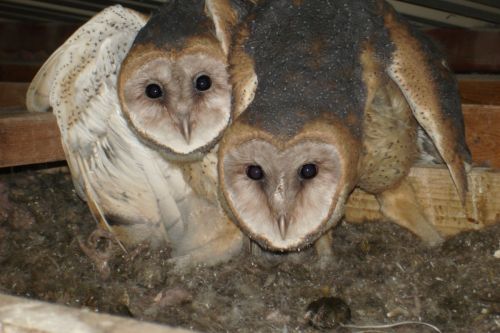 The bird has many nicknames that are reflected in folk art. The barn owl lives close to people and is not afraid of the neighborhood, which allows you to keep this predator in the house.
The bird has many nicknames that are reflected in folk art. The barn owl lives close to people and is not afraid of the neighborhood, which allows you to keep this predator in the house.
Origin and description
Photo: Barn owl
Barn owl was first described in 1769 by the Tyrolean physician and naturalist D. Scopoli. He gave the feathered name Strix alba. As more species of owls were described, the genus name Strix began to be used exclusively for tree owls typical of the Strigidae family, and the barn owl became Tyto alba. The name literally means "white owl", translated from ancient Greek. The bird is known by many common names that refer to its appearance, the sounds it makes, its habitat, or its eerie and silent flight.
Video: Barn owl
Based on DNA evidence, the barn owl (T. furcata) and the Curaçao barn owl (T. bargei) have been recognized as separate species.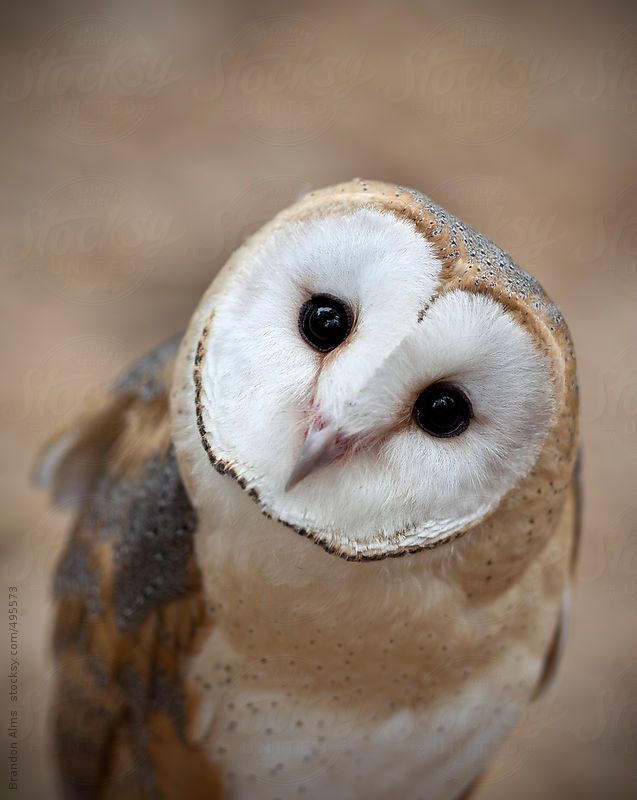 It has also been suggested that T. a. delicatula has been identified as a separate species known as the eastern barn owl. However, the International Ornithological Committee doubts this and states that the separation of Tyto delicatula from T. alba "may need to be reconsidered".
It has also been suggested that T. a. delicatula has been identified as a separate species known as the eastern barn owl. However, the International Ornithological Committee doubts this and states that the separation of Tyto delicatula from T. alba "may need to be reconsidered".
Some island subspecies are sometimes considered by scientists as separate species, but this should be confirmed by further observations. Mitochondrial DNA analysis demonstrates a split into two species, Old World alba and New World furcata, but this study did not include T. a. delicatula, which has also been identified as a separate species. A large amount of genetic variation has been found between the Indonesian T. stertens and other members of the order alba.
Barn owl has a wider distribution than any other species of owl. Many subspecies have been proposed over the years, but some are generally considered to be interdependent between different populations. Island forms are mostly miniature, in contrast to the mainland ones, and in forest forms, the plumage is much darker, the wings are shorter than those found in open pastures.
Appearance and features
Photo: Barn owl
The barn owl is a light-colored medium-sized owl with elongated wings and a square short tail. Subspecies have significant differences in body length with a full range from 29up to 44 cm all over. The wingspan ranges from 68 to 105 cm. The body weight of an adult also varies from 224 to 710 g.
that they are more dependent on insect prey and should be more manoeuvrable. However, the largest species of barn owl from Cuba and Jamaica is also an island representative.
The shape of the tail is the ability to distinguish a barn owl from an ordinary owl in the air. Other distinguishing features are the undulating flight pattern and the drooping, feathered legs. The pale, heart-shaped face and unblinking black eyes give the flying bird its characteristic appearance, like a flat mask with huge slanting black slits for the eyes. The head is large and rounded, without ear tufts.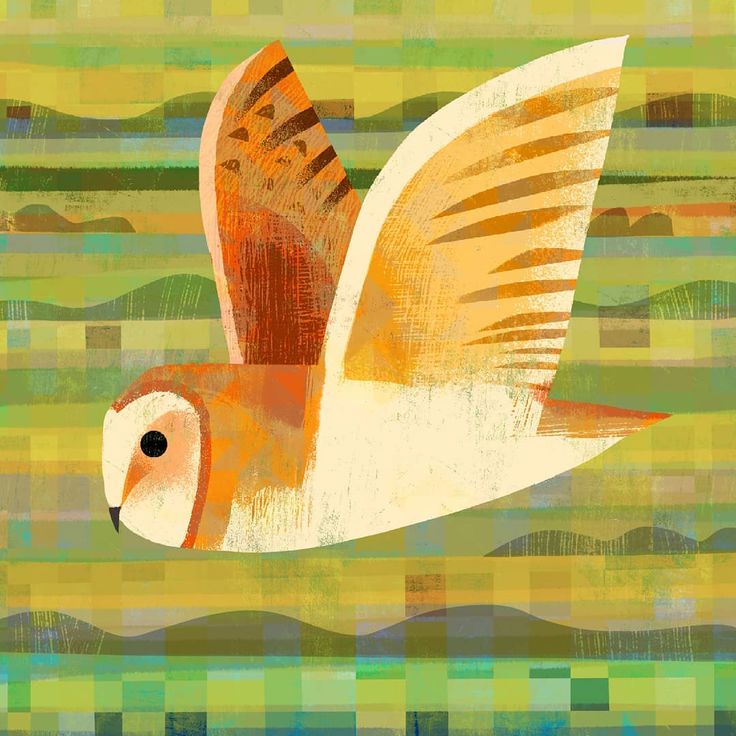
Barn owls have rounded wings and a short tail covered with white or light brown down feathers. The back and head of the bird are light brown with variable black and white spots. The underside is grayish white. The appearance of these owls is very unusual. Ornithologists list 16 species, and the species Tyto alba has 35 subspecies, which are distinguished based on differences in size and coloration. On average, within the same population, males have fewer blotches below and are paler than females. The chicks are covered in white down, but the characteristic facial shape becomes visible shortly after hatching.
Where does the barn owl live?
Photo: barn owl
The barn owl is the most common land bird, spreading across all continents except Antarctica. Its range includes all of Europe (except Fennoscandia and Malta), from the south of Spain to the south of Sweden and to the east of Russia. In addition, the range occupies most of Africa, the Indian subcontinent, some Pacific islands, to which they were brought to control rodents, as well as America, Asia, and Australia. Birds are sedentary and many individuals, having settled in a certain place, remain there, even when nearby places for feeding are vacated.
Birds are sedentary and many individuals, having settled in a certain place, remain there, even when nearby places for feeding are vacated.
Barn owl (T. alba) has a wide range. It lives in Europe, as well as in Africa, Asia, New Guinea, Australia and America, excluding the northern regions of Alaska and Canada.
Allocate:
- ash-faced barn owl (T. glaucops) - endemic to Haiti;
- Cape barn owl (T. capensis) - found in Central and South Africa;
- Madagascar variety settled in Madagascar;
- the area of black-brown (T. nigrobrunnea) and Australian (T. novaehollandiae) covers New Guinea and part of Australia;
- T. multipunctata - Australian endemic;
- golden barn owl (T. aurantia) - endemic of Fr. New Britain;
- T. manusi - about. Manus;
- T. nigrobrunnea - about. Sula;
- T. sororcula - about. Tanimbar;
- Sulawesi (T. rosenbergii) and Minahasa (T. inexpectata) live in Sulawesi.
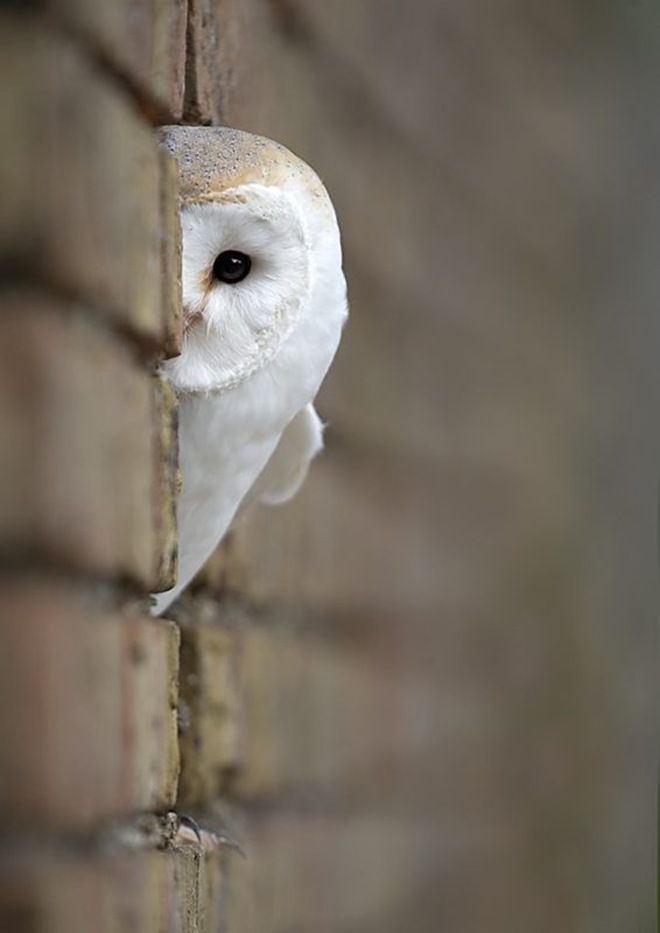
Barn owls occupy a wide range of habitats from rural to urban. They are commonly found at low elevations in open habitats such as grasslands, deserts, swamps, and agricultural fields. They require nesting sites such as hollow trees, depressions in rocks and river banks, caves, church steeples, barns, etc. The availability of appropriate nesting facilities limits the use of suitable feeding habitat.
What does the barn owl eat?
Photo: Barn owl in flight
These are nocturnal predators that prefer small mammals. Barn owls begin to hunt alone after sunset. To detect a moving target, they developed very sensitive vision in low light. However, when hunting in total darkness, the owl relies on keen hearing to catch prey. Barn owls are the most accurate birds when searching for prey by sound. Another trait that aids in successful hunting is their fluffy feathers, which help muffle sound when moving.
An owl can approach its prey almost unnoticed. Barn owls attack their prey with low flights (1.5-5.5 meters above the ground), capture prey with their legs and beat the back of the skull with their beak. They then consume the prey whole. Barn owls prepare food supplies, especially during the breeding season.
Barn owls attack their prey with low flights (1.5-5.5 meters above the ground), capture prey with their legs and beat the back of the skull with their beak. They then consume the prey whole. Barn owls prepare food supplies, especially during the breeding season.
Barn owl's basic diet consists of:
- shrews;
- mice;
- voles;
- rats;
- hares;
- rabbits;
- muskrats;
- small birds.
Barn owl hunts by flying slowly and looking at the ground. She may use branches, fences, or other vantage points to scan the area. The bird has long wide wings, which allows it to maneuver and turn sharply. Her legs and fingers are long and thin. This helps to forage among dense foliage or under snow. Studies have shown that a particular barn owl eats one or more voles per night, which corresponds to about twenty-three percent of the bird's body weight.
Small prey are torn to pieces and eaten completely, while larger prey, over 100 g, are dismembered and the inedible parts are discarded.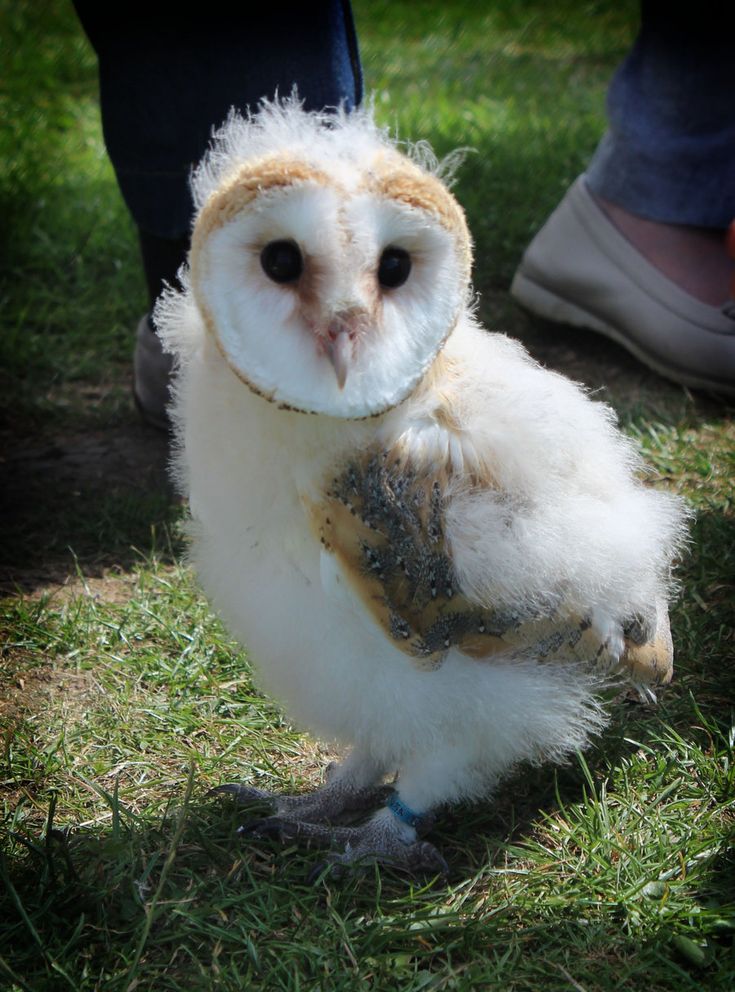 At the regional level, rodent-free products are used according to availability. On bird-rich islands, a barn owl's diet can include 15-20% birds.
At the regional level, rodent-free products are used according to availability. On bird-rich islands, a barn owl's diet can include 15-20% birds.
Features of character and lifestyle
Photo: Barn owl
Barn owls stay awake at night, relying on keen hearing in complete darkness. They become active shortly before sunset, and are sometimes seen during the day as they move from one roosting site to another. Sometimes they may hunt during the day if the previous night was wet and difficult to hunt.
Barn owls are not particularly territorial birds, but have a specific home range in which they forage. For males in Scotland, this is an area with a radius of about 1 km from the nesting site. The range of the female largely coincides with those of the partner. Outside of the breeding season, males and females usually sleep separately. Each individual has about three places to hide during the day and visit for short periods during the night.
These locations include:
- tree holes;
- crevices in rocks;
- abandoned buildings;
- chimneys;
- stacks of hay, etc.

As the breeding season approaches, the birds return to the vicinity of the chosen nest to roost. Barn owls are feathered in open areas, such as agricultural land or pastures with some areas of woodland, at altitudes below 2000 meters. This owl prefers to hunt along the edges of the forest or in strips of coarse grass adjacent to the pasture.
Like most owls, the barn owl soars silently, tiny serrations on the leading edges of the feathers and a hair-like band on the trailing edges help cut through the air currents, thus reducing turbulence and the noise that accompanies it. Bird behavior and ecological preferences may differ slightly even among neighboring subspecies.
Social structure and reproduction
Photo: Barn owl chick
Barn owls are monogamous birds, although there are reports of polygamy. Pairs stay together as long as both individuals are alive. Courtship begins with the demonstration of flights by males, which are reinforced by sound accompaniment and pursuit of the female. The male will also hover in the air in front of a seated female for a few seconds.
The male will also hover in the air in front of a seated female for a few seconds.
Copulation occurs every few minutes while looking for a nest. Both sexes squat in front of each other to produce copulation. The male climbs onto the female, grabs her by the neck and balances with spread wings. Copulation continues at a decreasing frequency throughout the incubation and rearing of the chicks.
Barn owls breed once a year. They can breed at almost any time of the year, depending on the diet. Most individuals begin breeding at the age of 1 year. Due to the short lifespan of barn owls (2 years on average), most individuals only breed once or twice. Generally, barn owls raise one brood per year, although some pairs have seen growth of up to three broods in one year.
Interesting fact: Barn owl females leave the nest during incubation only for a short time and at long intervals. During this time, the male feeds the incubating female. She stays in the nest until the chicks are about 25 days old.
The males bring food to the nest for the female and chicks, but only the female feeds the young, initially breaking the food into small pieces.
Barn owls often use an old nest that has been occupied for decades instead of building a new one. The female usually lines the nest with crushed granules. She lays 2 to 18 eggs (usually 4 to 7) at the rate of one egg every 2-3 days. Female incubates eggs from 29up to 34 days. The chicks hatch and are fed by the female after hatching. They leave the nest 50–70 days after hatching, but return to the nest to roost. They become completely independent from their parents 3–5 weeks after they start flying.
Now you know what barn owl chicks look like. Let's see how an owl lives in the wild.
Barn owl's natural enemies
Photo: Barn owl bird
Barn owl owls have few predators. Chicks are sometimes caught by stoats and snakes. There is also some evidence that the horned owl occasionally preys on adults.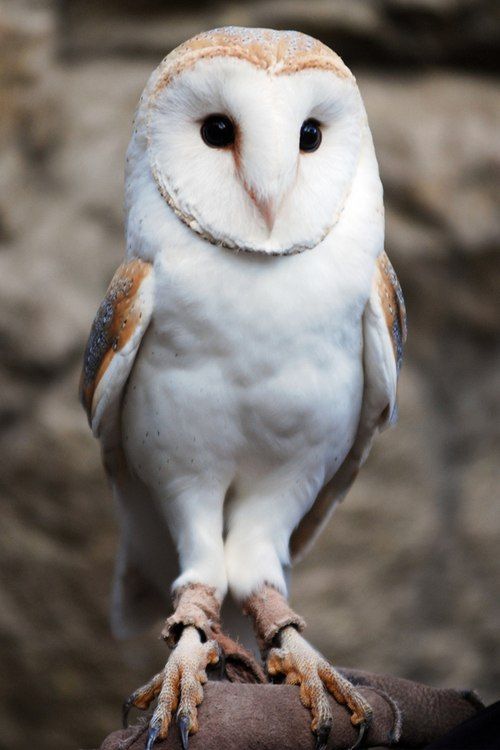 Barn owl subspecies in the western Palearctic are much smaller than in North America. These subspecies are sometimes hunted by golden eagles, red kites, vultures, peregrine falcons, falcons, eagle owls.
Barn owl subspecies in the western Palearctic are much smaller than in North America. These subspecies are sometimes hunted by golden eagles, red kites, vultures, peregrine falcons, falcons, eagle owls.
When facing the intruder, barn owls spread their wings and tilt them so that their dorsal surface is directed towards the intruder. Then they shake their heads back and forth. This display of threat is accompanied by hisses and bills that are given by squinted eyes. If the attacker continues the attack, the owl falls on its back and kicks him.
Known predators:
- ferrets;
- snakes;
- golden eagles;
- red kites;
- northern hawks;
- common buzzards;
- peregrine falcons;
- mediterranean falcon;
- owls;
- opossum;
- Tawny Owl;
- eagles;
- virgin eagle owl.
Siruchas host a wide range of parasites. Fleas are present at nesting sites. They are also attacked by lice and feather mites, which are transmitted from bird to bird through direct contact. Blood-sucking flies such as Ornithomyia avicularia are often present and move among the plumage. Internal parasites include Fluke Strigea strigis, the tapeworm Paruternia candelabraria, several parasitic roundworms, and spiny worms from the genus Centrorhynchus. These intestinal parasites are acquired when birds feed on infected prey.
They are also attacked by lice and feather mites, which are transmitted from bird to bird through direct contact. Blood-sucking flies such as Ornithomyia avicularia are often present and move among the plumage. Internal parasites include Fluke Strigea strigis, the tapeworm Paruternia candelabraria, several parasitic roundworms, and spiny worms from the genus Centrorhynchus. These intestinal parasites are acquired when birds feed on infected prey.
Population and species status
Photo: Barn owl
This species has had stable demographic trends for the last 40 years in America. The population trend in Europe is assessed as fluctuating. Today, European populations are estimated at 111,000-230,000 pairs, corresponding to 222,000-460,000 mature individuals. Europe is approximately 5% of the global range, so a very preliminary estimate of the global population is 4,400,000–9,200,000 mature individuals, although further verification of this estimate is needed.
Modern farms no longer have enough farm buildings for nesting, and farmland can no longer support enough rodents to support a pair of barn owls. The owl population, however, is declining only in some places, and not throughout its range.
The owl population, however, is declining only in some places, and not throughout its range.
Interesting fact : Unique subspecies with small island populations are also at risk due to their limited distribution range.
Barn owl responds to climate change, pesticides and changing agricultural practices. Unlike other birds, they do not store excess body fat as a reserve for harsh winter weather. As a result, many owls die in freezing weather or are too weak to breed the next spring. Pesticides have also contributed to the decline of this species. For reasons unknown, barn owls suffer more severely from the effects of pesticide use than other owl species. These pesticides are often responsible for egg shell thinning.
Date of publication: 30.07.2019
Date of update: 30.07.2019 at 20:27
Author: Alekseeva Inna
Keeping owls at home
Today it has become almost fashionable to keep various exotic animals and birds at home . If earlier lovers were limited to rare breeds of dogs and cats, now in an ordinary city apartment you can meet crocodiles, reed cats and birds of prey.
If earlier lovers were limited to rare breeds of dogs and cats, now in an ordinary city apartment you can meet crocodiles, reed cats and birds of prey.
Here we will stop on birds of prey.
Mostly they give birth to owls. It is very difficult to pass by a cute fluffy creature with huge eyes. People buy owls at the infamous "Bird Market" or bring owls from the forest, believing that they are "lost", "fell out of the nest." You can talk about the "Bird Market" endlessly. Obsessed with a thirst for profit, sellers recklessly lie to buyers in the hope of a profitable sale. Naturally. After all, few people want to keep a bird at home, which spoils a lot, yells at night and eats only mice. Moreover, it has all the "charms" of a wild animal - as a rule, sellers assure that owls are grown in nurseries, but in reality - all birds are caught by poachers. So people buy a pet, literally “stuffed” with helminths and various infections. And in birds, most diseases are asymptomatic and rapidly - yesterday the bird ate well and was active, and today it lies at the bottom of the cage.
Photo 1. Owl
Therefore, before getting an owl, think carefully, weigh your possibilities - do they match your desires?
So - owls. The owl is a nocturnal predator. This already says a lot - the main activity of the bird is precisely in the late evening, at night and in the early morning. At this time, owls hunt in nature. So in captivity it will be the same - from evening to morning the owl will rattle something, shout (especially during the mating season) preventing you from resting. So it is best to start an owl for people who lead a predominantly “nightly” lifestyle. Now let's deal with the concept of "predator". It is clear that such a bird cannot be fed with cereals, predators eat meat. But even here there is a difficulty - the owl's digestion is arranged in such a way that it needs to eat the whole carcass of a rodent or bird as a whole - with feathers, fur, bones. Accordingly, feeding chicken or beef disappears - get ready for the purchase of mice, day old chickens, quails.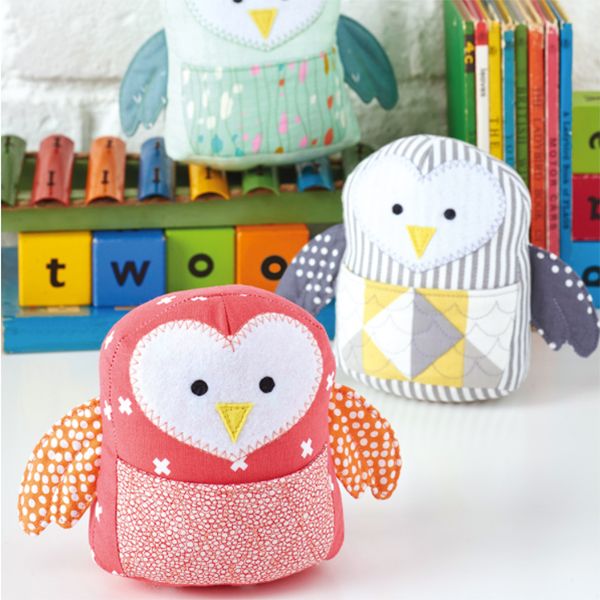 And they cost a lot and getting in the right amount is a problem.
And they cost a lot and getting in the right amount is a problem.
Photo 2. Little Owl
But, let's say that the nightly cries and the specifics of the diet of owls do not frighten you and you still want to get an owl. Then, first of all, you need to decide what kind of owl you can keep. The fact is that there are many and different owls - from small-sized owls (photo) to a huge owl (photo). Medium-sized owls are the gray owl (photo) and the Ural owl (photo). But still, for an ordinary city apartment, the owls are too big, they will need a lot of space for flights, and even if you have spacious rooms, the owl will still upholster the feather. Therefore, it is optimal to keep long-eared owls (photo), short-eared owls (photo) barn owls (photo) or the aforementioned owls.
Photo 3. Barn owl
Before you buy an owl, arrange an apartment for it in a suitable way. Yes Yes. Your apartment, not a cage in the apartment, because You can't keep owls in cages.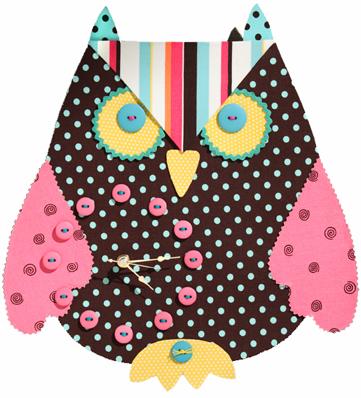 An owl will certainly beat a feather on the bars, injure the wax (a soft place above the beak), and earn namin on its paws.
An owl will certainly beat a feather on the bars, injure the wax (a soft place above the beak), and earn namin on its paws.
How to prepare a room for an owl.
First of all, you should remove all objects that the owl can knock over, tear, stain. Owls love to play, so keep in mind that you will have to strictly monitor the location of your belongings, especially socks and documents. Leave unattended - the owl will certainly pick up the "toy" and goodbye passport! The tulle on the windows needs to be replaced with thick curtains, because. in tulle, an owl can easily get tangled and, while it fights, it will break its paws or wings, or simply die, hanging upside down for several hours. Large mirrors should be removed or curtained (windows too), otherwise the owl may be seriously injured trying to fly through the glass.
Photo 4. Eagle owls
Walls should be nailed with "perches" - wooden or iron "sticks", always upholstered with something soft - for example, artificial grass "astroturf" or, at worst, carpet. Also, think over a place for a bath in advance - owls love to wash, for this they are given shallow wide containers of water (cat litter trays with high sides are perfect).
Also, think over a place for a bath in advance - owls love to wash, for this they are given shallow wide containers of water (cat litter trays with high sides are perfect).
So, the place is prepared. Now you need to think about food for the owl. As I wrote above, owls must be fed with the carcasses of rodents and birds, and freshly slaughtered. Of course, you can also give thawed carcasses, but “live” food must be present in the diet, because. frozen meat loses some essential trace elements.
Photo 5. Long-eared owl
You can buy rodents in a pet store, but the prices there “bite” and most often there is not the right amount. After all, even a medium-sized eared owl eats at least two mice per day. So it is better to buy mice in bulk at the Bird Market. You can also buy day old chicks and quails there. Keep in mind that if mice and chickens can be given to an owl without carcass preparation, then the quail must be opened and the insides carefully removed and the head and legs cut off.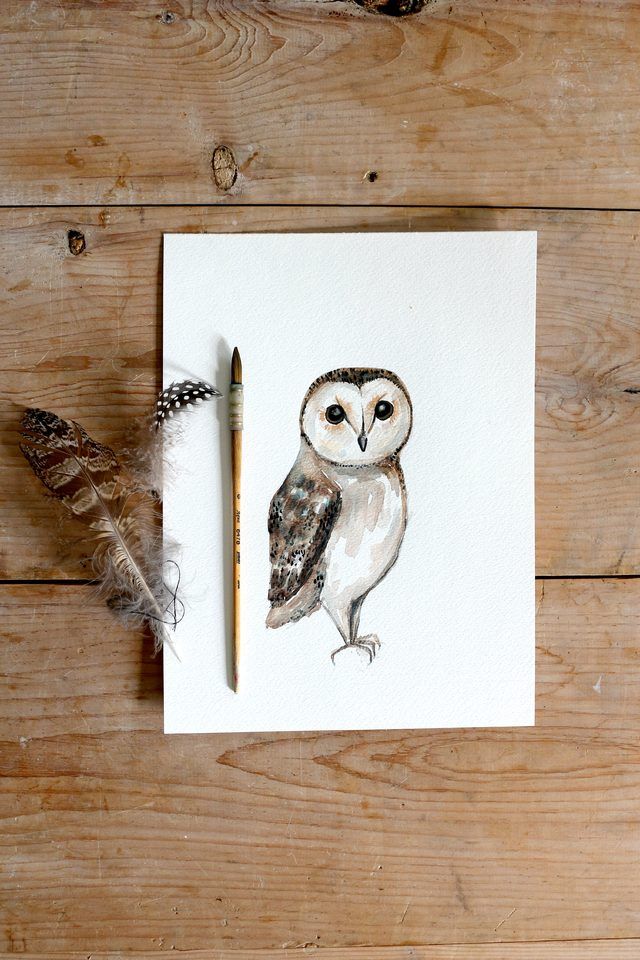 The fact is that these birds often have various diseases that can be transmitted to your owl during a meal.
The fact is that these birds often have various diseases that can be transmitted to your owl during a meal.
Photo 6. Long-eared owl chick
Do you still want to have an owl at home? Then about the purchase:
Owls must be purchased in official nurseries, making sure that when buying you have all the documents for an owl and the number on the document matches the number stamped on the ring (birds are ringed in nurseries). Thus, you will be insured against the removal of birds (catching and keeping wild birds is prohibited by law), moreover, birds from nurseries are more tame and healthy. Although immediately after acquiring an owl, it is necessary to show the owl to a veterinarian, pass the necessary tests, just in case, take an x-ray. By the way, not every veterinary clinic has a veterinarian who understands birds. In Moscow, there is a veterinarian-ornithologist at the White Fang clinic and at the Moscow Zoo, in the Moscow region, birds are taken at the Cobra clinic, which is located in Krasnogorsk.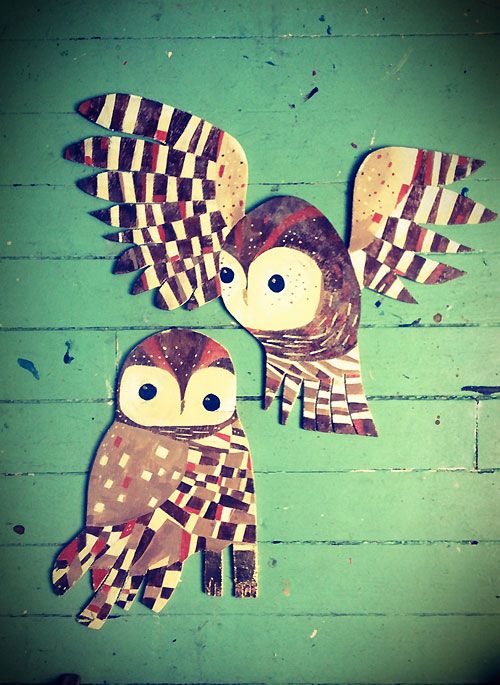
Well, let's assume that the room for the owl has been equipped, the food has been bought, the visit has been agreed with the veterinarian, and we have gone to the nursery for the owl.
As a rule, in the nursery you will be offered a choice of the most common species - this is a long-eared owl, a short-eared owl, a gray owl, an owl (there is also a gray owl (photo), but it is large for an apartment) and various owls. When choosing the type of owl, you should remember that even a small eared owl needs a lot of space (at least a room), so I strongly do not recommend purchasing long-tailed owls, bearded owls, and even more so an eagle owl. Small owls are no worse than larger species, they are just as sociable and playful, and they are not inferior in beauty to plumage. It is better to buy a very young owlet, he will quickly get used to his hands, and like all cubs, owlets are very funny. It is quite easy to distinguish a chick from an adult - the owls are covered with delicate fluff, the older owls are already beginning to grow with an “adult” feather, but their tails are noticeably shorter than those of adults, and in some places the fluff is still preserved.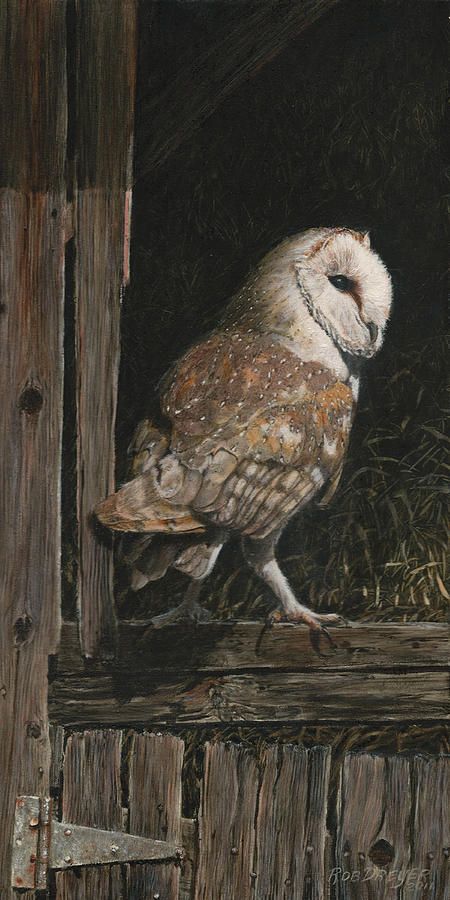 It is necessary to transport an owl in a closed spacious box (a cat carrier is not the best option, because the owl will see through the carrying grate, respectively, it will get frightened out of habit and begin to fight). At the bottom of the box you need to lay a soft diaper, cut a few very small holes in the walls of the box for air access. If an owl is purchased in winter, then the time spent on the street should be limited as much as possible, otherwise there is a risk of catching a cold.
It is necessary to transport an owl in a closed spacious box (a cat carrier is not the best option, because the owl will see through the carrying grate, respectively, it will get frightened out of habit and begin to fight). At the bottom of the box you need to lay a soft diaper, cut a few very small holes in the walls of the box for air access. If an owl is purchased in winter, then the time spent on the street should be limited as much as possible, otherwise there is a risk of catching a cold.
When you get home, don't scare the owl, let it look around. To do this, simply open the box and leave the bird alone for a while.
After a couple of hours, you can offer food and water to the owlet. Sometimes the owls cannot yet tear apart the carcasses, so the carcass must be finely chopped. Place the water so that the owlet sees it perfectly - when he pays attention to the bathing suit - chat in the water with your hand, thus showing the presence of water in the container.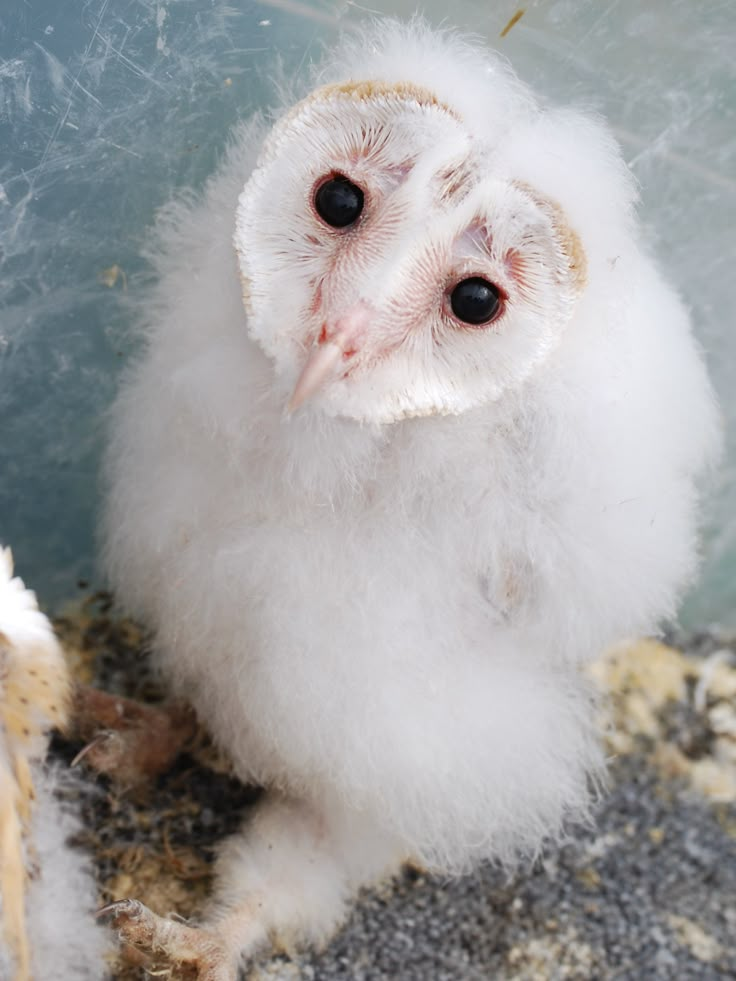 Over time, the owlet itself will determine whether there is water, but while it is small and in an unusual environment, you should pay much more attention to it, without disturbing or frightening it - try not to pick it up, do not make excessively sudden movements, do not shout.
Over time, the owlet itself will determine whether there is water, but while it is small and in an unusual environment, you should pay much more attention to it, without disturbing or frightening it - try not to pick it up, do not make excessively sudden movements, do not shout.
Always offer food from your hands - this way the owl will get used to you faster.
Pay close attention to your pet's digestion and appearance. After each meal, the owl should discard the pellet. The pellet is the undigested bones, wool and feathers that the birds regurgitate about 10 hours after feeding. If there is no pellet, this is a reason to worry about the health of the pet. You should also inspect the pellets - they should not have blood on them, the pellet should not smell bad. Pay attention to the droppings - normal owl droppings are a white "puddle" with a little bit of darker, harder droppings. If the droppings become foul-smelling, yellow or brown, or thinner, contact your veterinarian.


